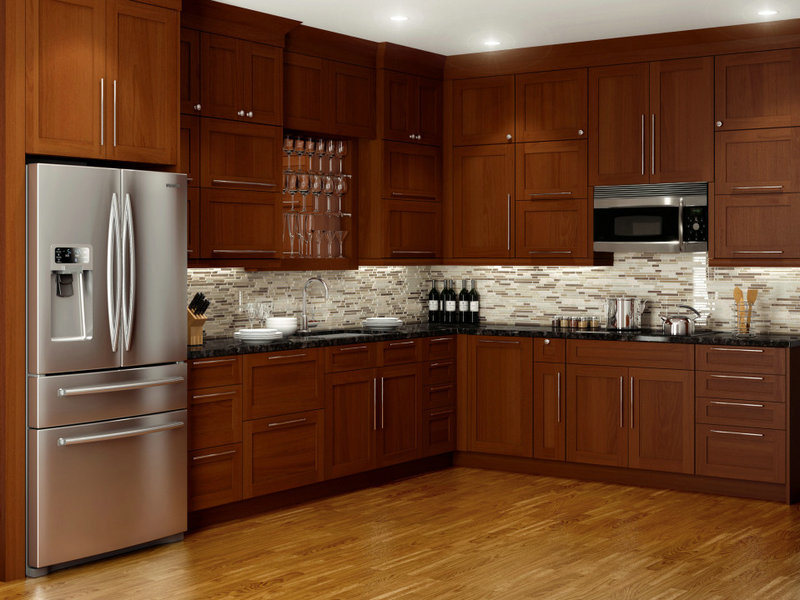Do Wood Slat Acoustic Panels Work?
When designing a space with optimal sound quality, wood slat acoustic panels have become a popular choice. But do they actually work? The short answer is yes—when designed and installed correctly, wood slat acoustic panels effectively reduce unwanted noise, control echo, and enhance the overall acoustics of a room.
At Guangdong Liyin Acoustics Technology Co., Ltd.( Leeyin panels ), we specialize in high-quality wood slat acoustic panels, offering solutions that combine sound absorption, aesthetics, and durability. As a leading manufacturer and exporter of wood slat wall panels in China, we ensure that our products meet international acoustic performance standards while maintaining a modern, stylish design.
In this article, we’ll explore how wood slat acoustic panels work, their benefits, and why they are an excellent choice for improving acoustics in various spaces.
1. How Do Wood Slat Acoustic Panels Work?
Wood slat acoustic panels are designed to improve sound absorption and diffusion. They typically consist of:
✔️ Wood slats – which scatter and diffuse sound waves, preventing excessive echo
✔️ Acoustic backing (PET felt) – made from recycled materials, this layer absorbs mid-to-high-frequency sounds
✔️ Air gap (optional) – when installed with an air gap behind the panel, it enhances low-frequency absorption
Key Acoustic Functions:
✅ Sound Absorption – Reduces unwanted reflections, creating a clearer and more balanced sound
✅ Noise Reduction – Helps minimize background noise, making conversations and music more distinct
✅ Echo Control – Reduces reverb, ideal for large or open spaces
2. Benefits of Wood Slat Acoustic Panels
Unlike traditional acoustic foam or fabric panels, wood slat panels offer both performance and aesthetics. Here’s why they are a superior choice:
🔹 Aesthetic Appeal
✅ Natural wood finishes enhance interior design
✅ Available in various wood veneers and colors
✅ Suitable for modern, classic, and minimalist styles
🔹 Effective Acoustic Performance
✅ Absorbs mid-to-high frequencies for a balanced sound
✅ Works even better when installed with an air gap
✅ Ideal for offices, hotels, conference rooms, and home theaters
🔹 Eco-Friendly & Durable
✅ Made from sustainable materials, such as PET felt and natural wood
✅ Long-lasting with high resistance to wear and tear
✅ PET backing is moisture-resistant and environmentally friendly
3. Where Can You Use Wood Slat Acoustic Panels?
Wood slat panels are versatile and can be installed in various environments to improve acoustics. Some common applications include:
🏢 Offices – Reduces noise distractions and improves speech clarity
🏡 Living Rooms – Enhances sound quality for home theaters or music rooms
🎭 Theaters & Studios – Optimizes audio performance for professional sound recording
🏨 Hotels & Restaurants – Creates a more comfortable and pleasant acoustic environment
🎶 Music Halls & Conference Rooms – Controls reverberation for better speech and sound clarity
4. Do Wood Slat Acoustic Panels Actually Work?
Yes! But the effectiveness depends on proper installation and the acoustic needs of your space. To maximize performance:
✔️ Install with an air gap for enhanced low-frequency absorption
✔️ Cover multiple surfaces to achieve balanced sound control
✔️ Combine with other acoustic treatments for optimal results in high-noise areas
At Guangdong Liyin Acoustics Technology Co., Ltd., we provide high-quality wood slat panels that are both functional and stylish, helping to create beautiful, acoustically optimized spaces.
5. Why Choose Guangdong Liyin Acoustics Technology Co., Ltd.?
As a leading manufacturer of wood slat acoustic panels in China, we offer:
🏭 20,000㎡ modern manufacturing facility
🌿 Sustainable, eco-friendly materials
📏 Customizable designs and sizes
🔬 Strict quality control based on international standards
If you’re looking for a high-performance, stylish acoustic solution, our wood slat acoustic panels are the perfect choice. Contact us today to explore our range of premium acoustic products!












